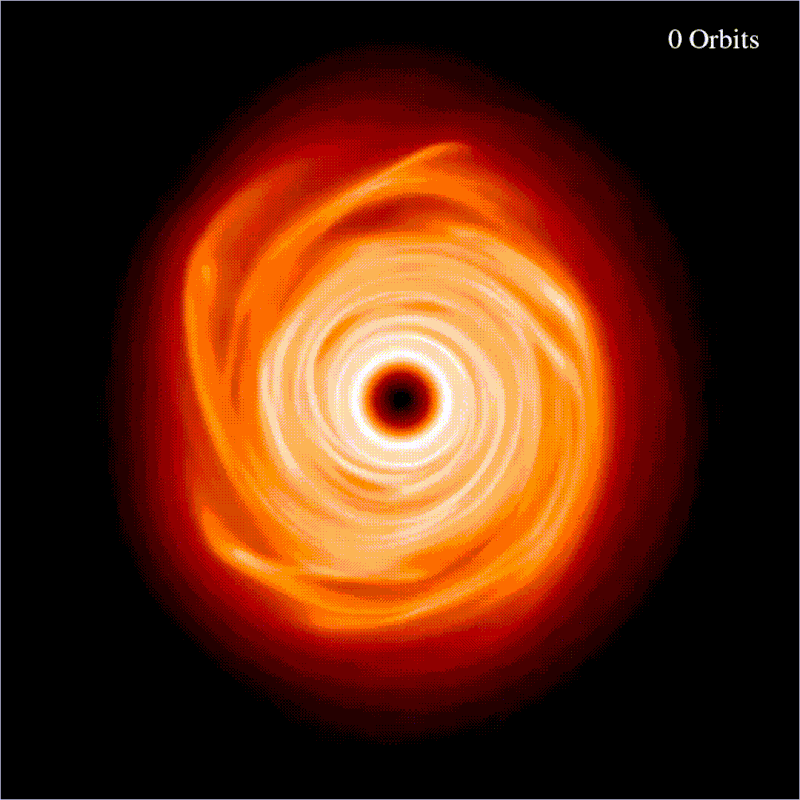
Passing stars warp star disks
In space, as on Earth, nature loves spirals. For example, our home galaxy, the Milky Way, is a spiral galaxy, made of billions of stars.
In recent years, astronomical theory has suggested that newly forming individual stars also go through a spiral phase. It happens just as the stars are beginning to form their planets, from great, spinning, primordial wheels of dust and gas. According to theorists, the spiral phase of a young star’s planet-forming disk is a brief but necessary phase for planet formation. So scientists are studying the spiral phase in star-and-planet formation. And a team of scientists at the University of Warwick said this month that they’ve learned that warps in the disks of young solar systems can wipe out the disk’s spiral shape. It can thereby disrupt planet formation. They said their new study demonstrates:
… The impact of passing stars, misaligned binary stars and passing gas clouds on the formation of planets in early star systems.
The Astrophysical Journal published these scientists’ results on February 4, 2022.
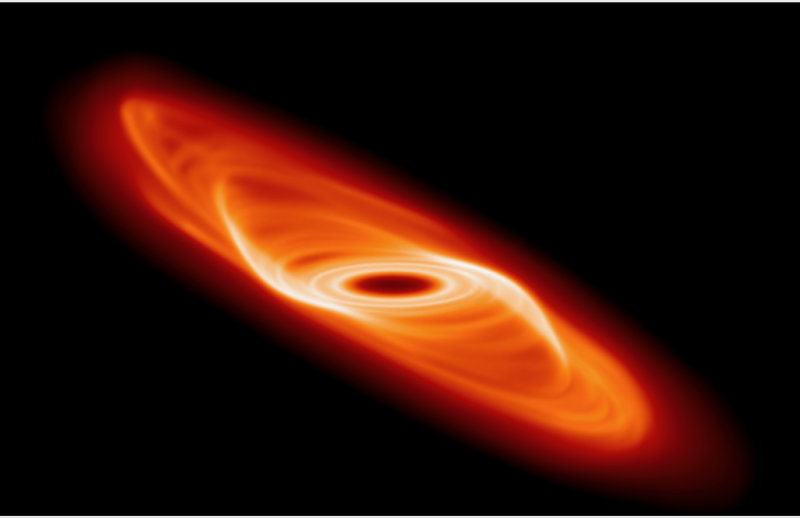
The disks are where planets form
The Warwick astronomers’ statement explained:
Solar systems are formed from protoplanetary disks, massive spinning clouds of gas and dust that will eventually coalesce into the array of planets that we see in the universe. When these disks are young, they form spiral structures, with all their dust and material dragged into dense arms by the massive gravitational effect of the disk spinning.
But astronomers have found a surprising number of protoplanetary disks that, despite being massive enough to have a spiral structure, show no evidence of one. So the University of Warwick team has been investigating what might prevent a disk from forming a spiral structure.
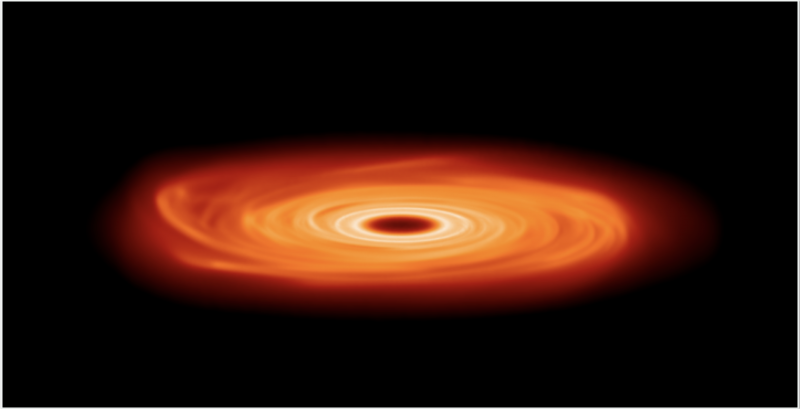
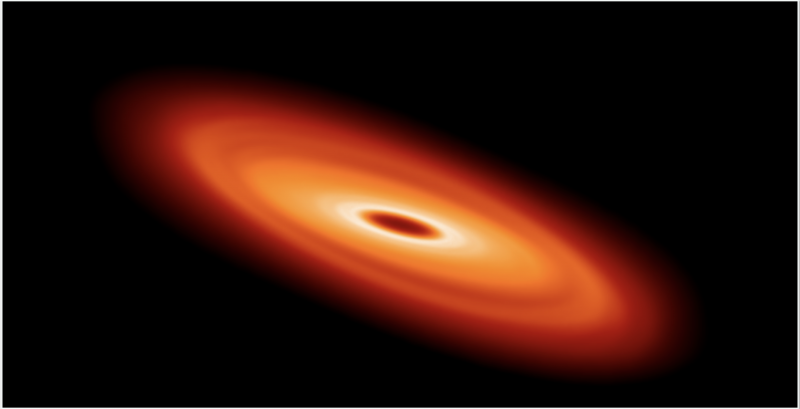
No spiral structure = no clumps
PhD student Sahl Rowther from the University’s Department of Physics created a three-dimensional hydrodynamical simulation. In other words, he used computers to replicate, as best he could, a newly forming solar system. Then he said he added:
… Different levels of curvature to the disk to warp it, to study the impact on the disk’s spiral structure. In all but the smallest warps, the spiral structure disappeared.
Co-author Rebecca Nealon commented:
Warps will inhibit planet formation through gravitational instability, in the sense that these spiral structures, which fragment into clumps that eventually form planets, are where the disk structure will be disrupted. Anything that disturbs that spiral structure makes it harder for that clumping to occur and harder for the planets to form …
The scientists said the warp heats up a star-forming disk by causing small perturbations (changes in motion, due to gravity). And they said:
The gas needs to be cool in order to clump together, so in heating up the disk the spiral arm structure is wiped out.
What causes the warping in the disk. They gave a few examples, such as:
… If a large object, such as a star, passes nearby in a flyby encounter; if the disk surrounds a binary star system that orbits out of alignment with the disk; or if a nearby source of gas accretes onto the disk.
More star disks with warps
They said that evidence for warped protoplanetary disks has grown significantly in recent years, providing a potential explanation for the large number of massive protoplanetary disks that don’t show a spiral structure.
Rebecca Nealon said:
Normally we think of these disks forming in isolation, but that’s not really the case. It’s a chaotic neighborhood, with lots of stars nearby, and you might have a star that passes close by and that gravitational interaction is enough to cause this warp.
Once we started getting observations of warped disks, we had to start considering warps in our modelling. We need a greater consideration of warps in protoplanetary disk evolution and understanding that warps can impact existing disk evolution mechanisms and physics. We need to consider how warps affect all the factors in planetary formation.
Sahl Rowther added:
This study combines two physical effects that haven’t been combined before, the physics of self-gravitating disks with the warp. This is important because self-gravitating disks have been studied for a while and it’s a well-established field.
Warps are a much more recent idea.
Observed planet-forming disks with spiral structure
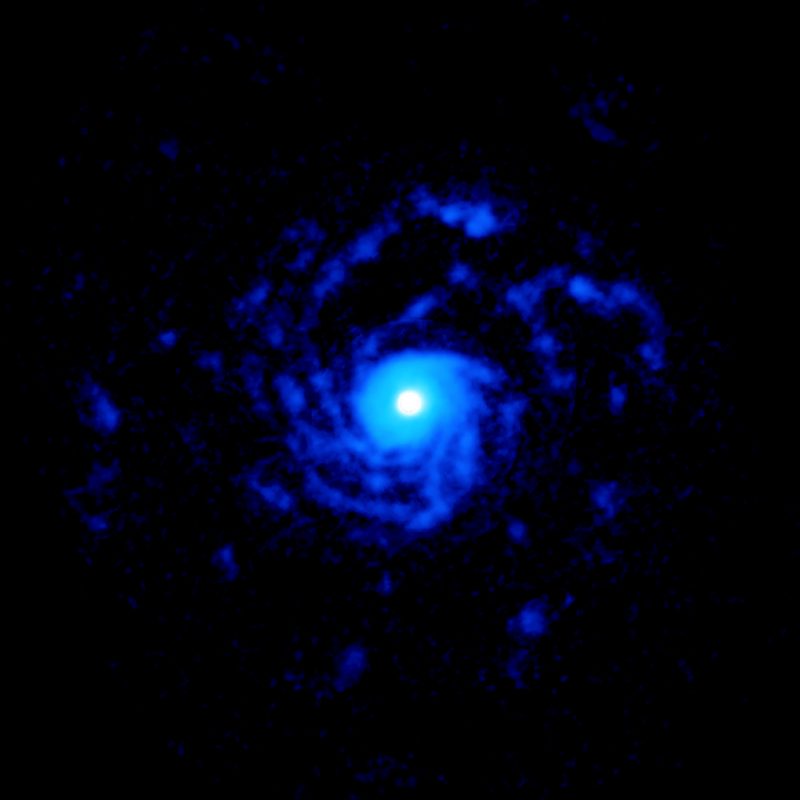
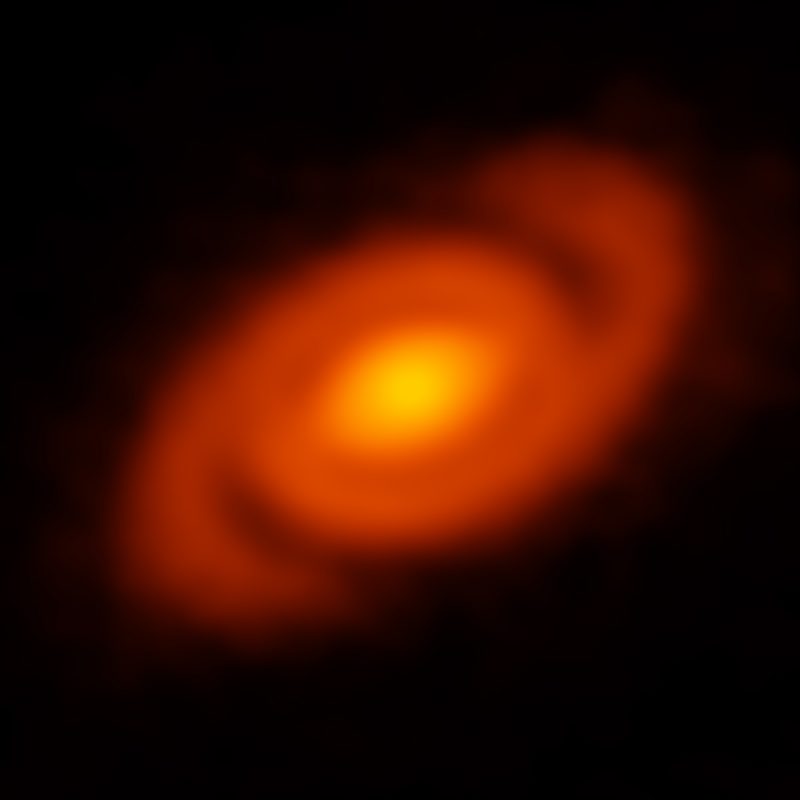
Bottom line: Passing stars or gas clouds – or other factors – can cause a warp in star disks, leading to a disruption in planet formation.
Source: Warping Away Gravitational Instabilities in Protoplanetary Discs
The post Passing stars warp star disks, disrupt planets first appeared on EarthSky.
from EarthSky https://ift.tt/H4YMAW6

Passing stars warp star disks
In space, as on Earth, nature loves spirals. For example, our home galaxy, the Milky Way, is a spiral galaxy, made of billions of stars.
In recent years, astronomical theory has suggested that newly forming individual stars also go through a spiral phase. It happens just as the stars are beginning to form their planets, from great, spinning, primordial wheels of dust and gas. According to theorists, the spiral phase of a young star’s planet-forming disk is a brief but necessary phase for planet formation. So scientists are studying the spiral phase in star-and-planet formation. And a team of scientists at the University of Warwick said this month that they’ve learned that warps in the disks of young solar systems can wipe out the disk’s spiral shape. It can thereby disrupt planet formation. They said their new study demonstrates:
… The impact of passing stars, misaligned binary stars and passing gas clouds on the formation of planets in early star systems.
The Astrophysical Journal published these scientists’ results on February 4, 2022.

The disks are where planets form
The Warwick astronomers’ statement explained:
Solar systems are formed from protoplanetary disks, massive spinning clouds of gas and dust that will eventually coalesce into the array of planets that we see in the universe. When these disks are young, they form spiral structures, with all their dust and material dragged into dense arms by the massive gravitational effect of the disk spinning.
But astronomers have found a surprising number of protoplanetary disks that, despite being massive enough to have a spiral structure, show no evidence of one. So the University of Warwick team has been investigating what might prevent a disk from forming a spiral structure.


No spiral structure = no clumps
PhD student Sahl Rowther from the University’s Department of Physics created a three-dimensional hydrodynamical simulation. In other words, he used computers to replicate, as best he could, a newly forming solar system. Then he said he added:
… Different levels of curvature to the disk to warp it, to study the impact on the disk’s spiral structure. In all but the smallest warps, the spiral structure disappeared.
Co-author Rebecca Nealon commented:
Warps will inhibit planet formation through gravitational instability, in the sense that these spiral structures, which fragment into clumps that eventually form planets, are where the disk structure will be disrupted. Anything that disturbs that spiral structure makes it harder for that clumping to occur and harder for the planets to form …
The scientists said the warp heats up a star-forming disk by causing small perturbations (changes in motion, due to gravity). And they said:
The gas needs to be cool in order to clump together, so in heating up the disk the spiral arm structure is wiped out.
What causes the warping in the disk. They gave a few examples, such as:
… If a large object, such as a star, passes nearby in a flyby encounter; if the disk surrounds a binary star system that orbits out of alignment with the disk; or if a nearby source of gas accretes onto the disk.
More star disks with warps
They said that evidence for warped protoplanetary disks has grown significantly in recent years, providing a potential explanation for the large number of massive protoplanetary disks that don’t show a spiral structure.
Rebecca Nealon said:
Normally we think of these disks forming in isolation, but that’s not really the case. It’s a chaotic neighborhood, with lots of stars nearby, and you might have a star that passes close by and that gravitational interaction is enough to cause this warp.
Once we started getting observations of warped disks, we had to start considering warps in our modelling. We need a greater consideration of warps in protoplanetary disk evolution and understanding that warps can impact existing disk evolution mechanisms and physics. We need to consider how warps affect all the factors in planetary formation.
Sahl Rowther added:
This study combines two physical effects that haven’t been combined before, the physics of self-gravitating disks with the warp. This is important because self-gravitating disks have been studied for a while and it’s a well-established field.
Warps are a much more recent idea.
Observed planet-forming disks with spiral structure


Bottom line: Passing stars or gas clouds – or other factors – can cause a warp in star disks, leading to a disruption in planet formation.
Source: Warping Away Gravitational Instabilities in Protoplanetary Discs
The post Passing stars warp star disks, disrupt planets first appeared on EarthSky.
from EarthSky https://ift.tt/H4YMAW6

Aucun commentaire:
Enregistrer un commentaire